Speak Up: Tips for Making Better Presentations
advertisement
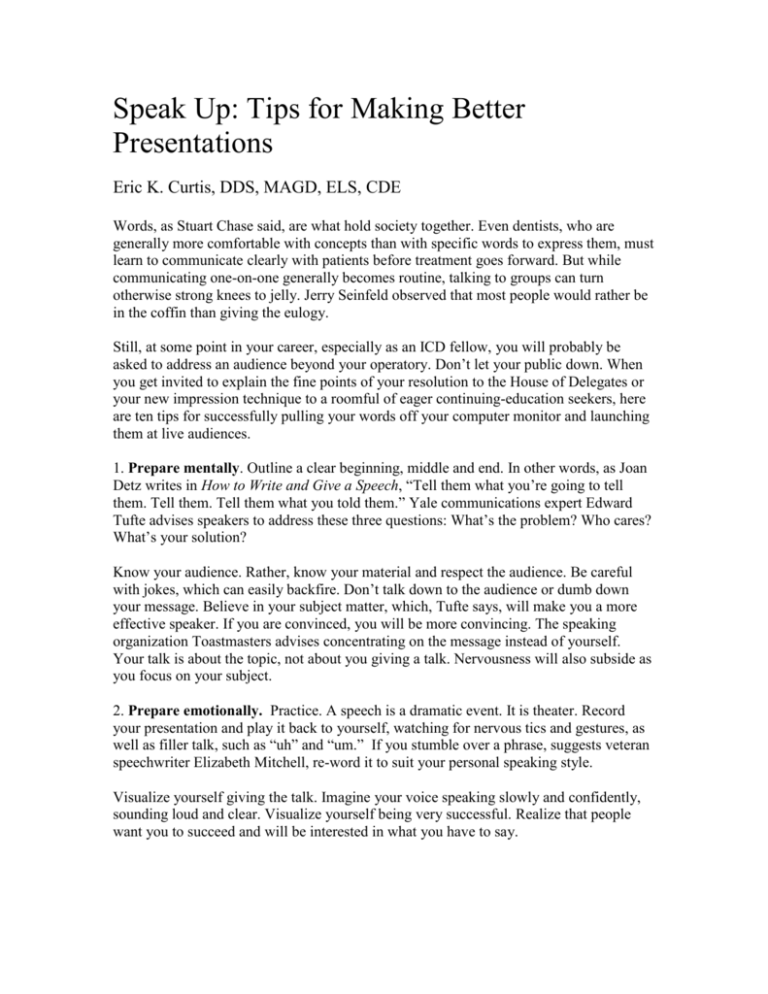
Speak Up: Tips for Making Better Presentations Eric K. Curtis, DDS, MAGD, ELS, CDE Words, as Stuart Chase said, are what hold society together. Even dentists, who are generally more comfortable with concepts than with specific words to express them, must learn to communicate clearly with patients before treatment goes forward. But while communicating one-on-one generally becomes routine, talking to groups can turn otherwise strong knees to jelly. Jerry Seinfeld observed that most people would rather be in the coffin than giving the eulogy. Still, at some point in your career, especially as an ICD fellow, you will probably be asked to address an audience beyond your operatory. Don’t let your public down. When you get invited to explain the fine points of your resolution to the House of Delegates or your new impression technique to a roomful of eager continuing-education seekers, here are ten tips for successfully pulling your words off your computer monitor and launching them at live audiences. 1. Prepare mentally. Outline a clear beginning, middle and end. In other words, as Joan Detz writes in How to Write and Give a Speech, “Tell them what you’re going to tell them. Tell them. Tell them what you told them.” Yale communications expert Edward Tufte advises speakers to address these three questions: What’s the problem? Who cares? What’s your solution? Know your audience. Rather, know your material and respect the audience. Be careful with jokes, which can easily backfire. Don’t talk down to the audience or dumb down your message. Believe in your subject matter, which, Tufte says, will make you a more effective speaker. If you are convinced, you will be more convincing. The speaking organization Toastmasters advises concentrating on the message instead of yourself. Your talk is about the topic, not about you giving a talk. Nervousness will also subside as you focus on your subject. 2. Prepare emotionally. Practice. A speech is a dramatic event. It is theater. Record your presentation and play it back to yourself, watching for nervous tics and gestures, as well as filler talk, such as “uh” and “um.” If you stumble over a phrase, suggests veteran speechwriter Elizabeth Mitchell, re-word it to suit your personal speaking style. Visualize yourself giving the talk. Imagine your voice speaking slowly and confidently, sounding loud and clear. Visualize yourself being very successful. Realize that people want you to succeed and will be interested in what you have to say. 3. Prepare physically. Get lots of sleep. Drink lots of water. Rest your voice. Avoid alcohol. Ease tension by doing isometric and deep breathing exercises. Dress at least as well as your audience. 4. Show up early. Get to know the room. Check out the sound system and make friends with the audiovisual technician. Meet and greet people before the speech. It’s easier to speak to people if they feel like friends instead of strangers. 5. Make a strong opening. Never apologize for perceived deficiencies. Instead, start by praising the audience. (Stand-up comics always do this, and bluntly: “You’re a great audience.”) Or by making a reference to the date: “Today in 1806, Zebulon Pike sighted Pike’s Peak. All of us have mountains in our lives to confront and conquer…” 6. Use what Mitchell calls “listenable” language. First, speak simply. Don’t say “utilize” if “use” will work as well. Make statistics visible: Every day, smoking kills enough people to fill a 737 jet. Round off precise numbers. Instead of saying “36.8 per cent,” say “more than a third.” Second, speak poetically. Alliteration, Mitchell says, builds “speeches that are powerful, positive and persuasive.” Use the active voice instead of the passive. For example, instead of saying, “The story was written by the girl,” say, “The girl wrote the story.” Employ the “rule of threes.” People tend to remember three things. In the Declaration of Independence (which is nothing if not a speech), Thomas Jefferson called for “life, liberty and the pursuit of happiness.” Abraham Lincoln, in the Gettysburg Address, celebrated “government of the people, by the people and for the people.” George W. Bush’s campaign speeches often evoked “The Three F’s: Family, Faith and Flag.” 7. Inject enthusiasm. Harness your fear—nervous energy is still energy. “You can’t get the butterflies out of your stomach, but you can make them fly in formation,” Mitchell says. Let people see your enthusiasm. You will convey your message better with emotions than with too much information. Tell stories. Use metaphors. Make comparisons. 8. Always give the audience at least one piece of paper. This, Tufte says, shows responsibility for the material you are presenting and implies you stand behind it. Give your handout at the end of the presentation to avoid distraction. 9. End with a call to action. Everything you include in the presentation will lead to that call. Ask the audience to join your cause or vote for your candidate, or to make a specific lifestyle choice, such as to stop smoking. At the end of the speech, Mitchell says, you want the audience to take away two things: the ability to briefly state what your speech was about and the motivation to take a specific action. 10. Finish early. Your audience will have time to reflect on the presentation, and they will be pleasantly surprised.
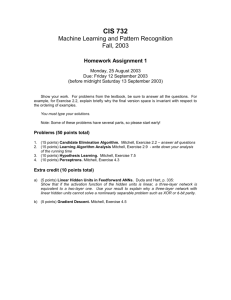

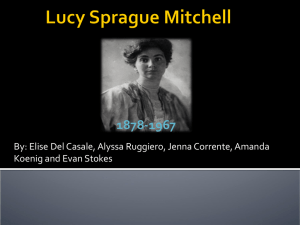
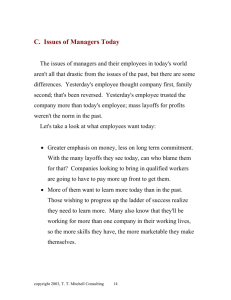

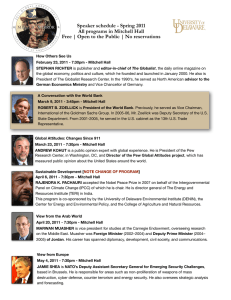
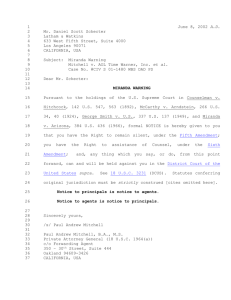

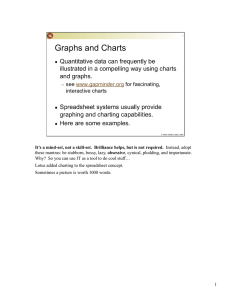
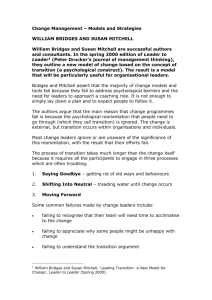

![Summer Reading: [All books are the unabridged versions] Class](http://s3.studylib.net/store/data/006936044_1-f6368b3af66ab917fa4697494ea2bdf7-300x300.png)